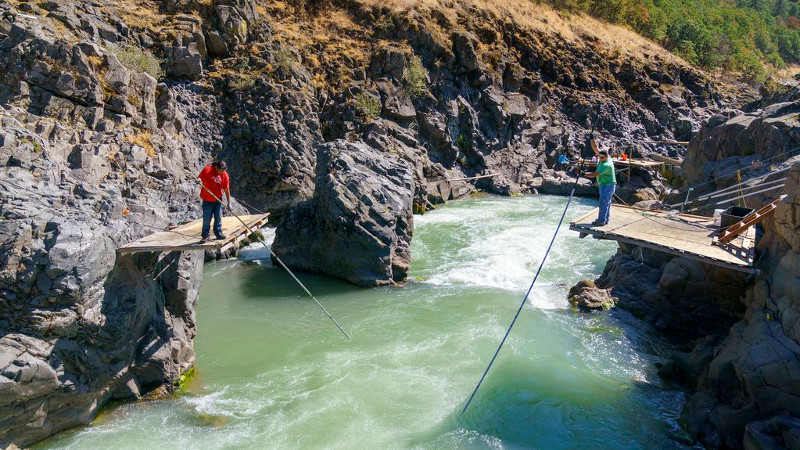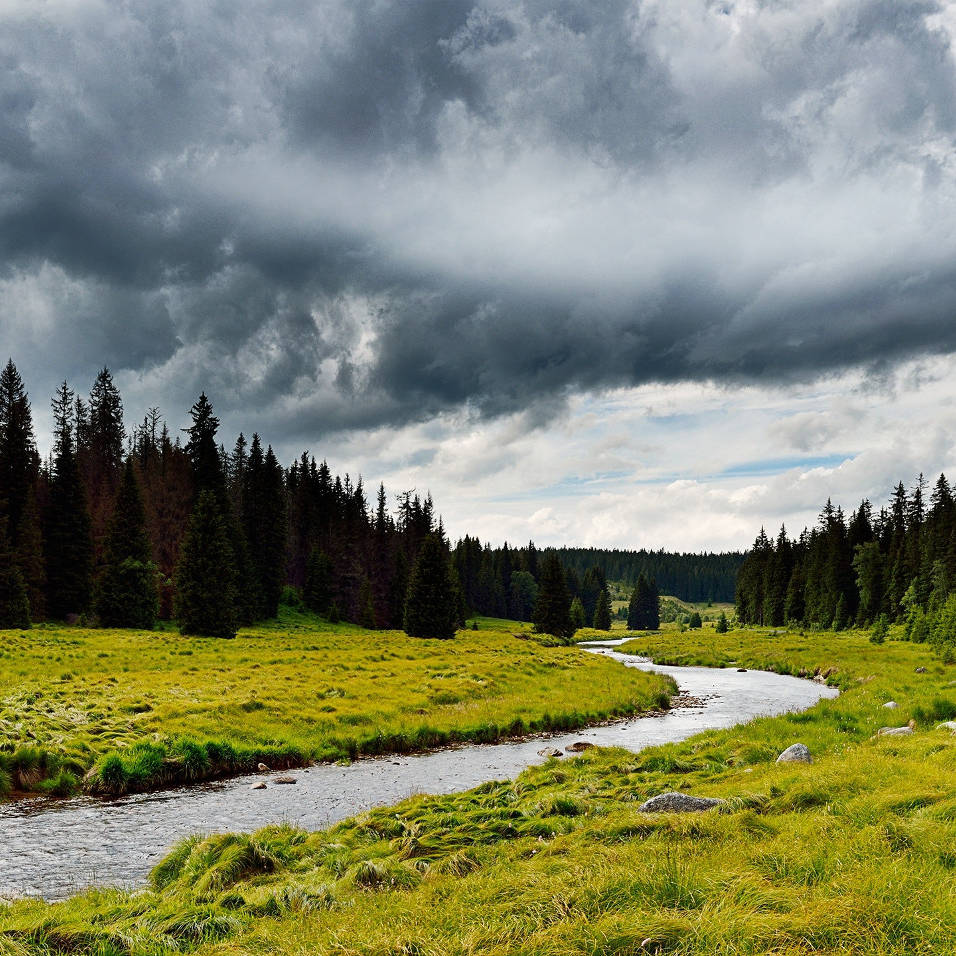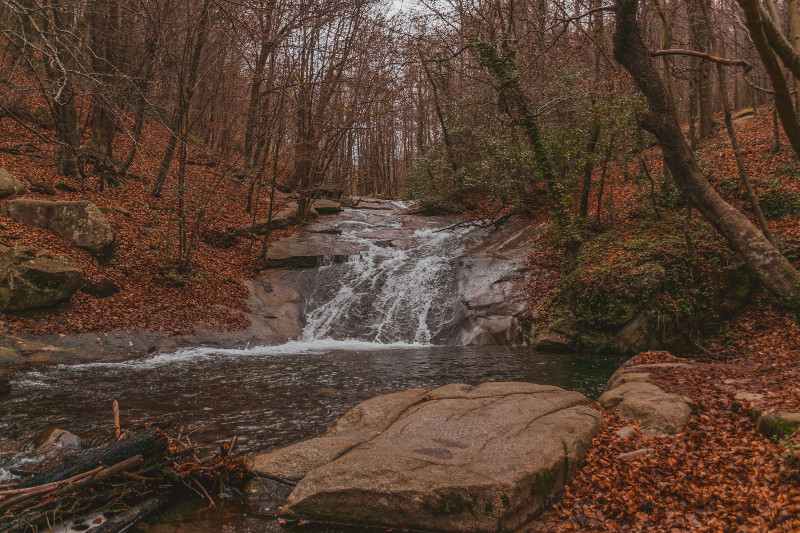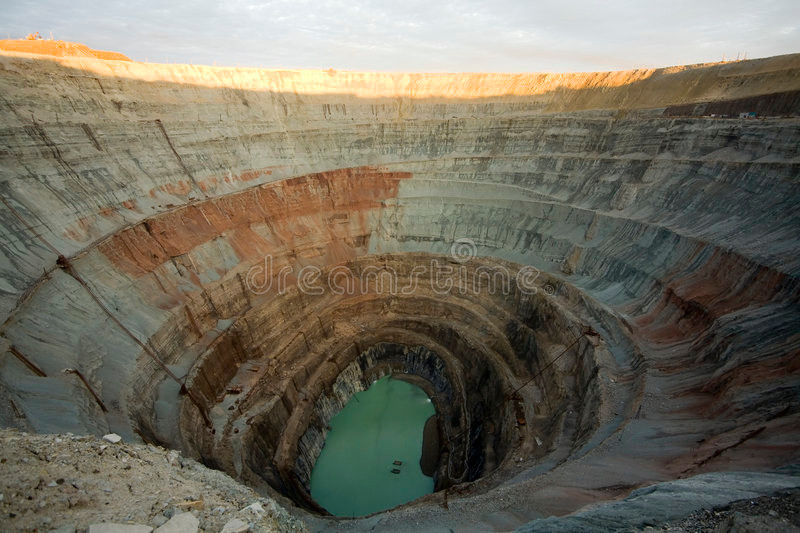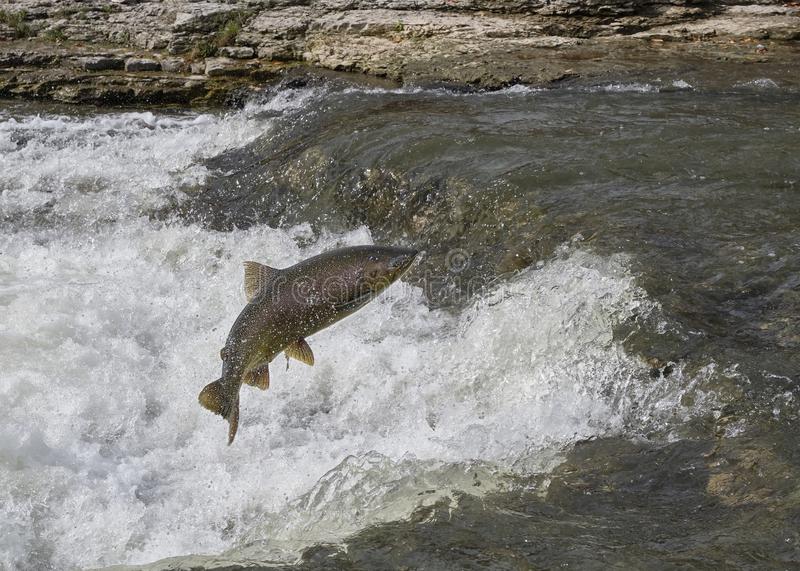-
Clean Water Act Compliance: Quantifying Ambient Water Quality
Categories: Estimated reading time: 2 minutes
The CWA’s objective of restoring and maintaining the physical, chemical, and biological integrity of the nation’s waters requires ambient condition assessment. In fact, that’s what the CWA tells regulators to do. This article presentation will define ambient conditions and explain how to measure and interpret the data. The basis for setting water quality standards is decades out of date, given our current understanding of environmental data and availability of recently developed statistical models. -
Environmental Issues Involving Fish and Wildlife
Categories: Estimated reading time: 2 minutes
There are many plant and animal species considered to be threatened, endangered, or of special concern to regulators and the public. Correctly estimating population sizes, relationship to habitats, and potential effects of industrial activities is crucial to many permit issues and lawsuits. Other environmental issues are more broad, such as quantifying relationships of industrial activities and natural ecosystems. The most effective approach to addressing these issues is to quantify causality (cause-and-effect) and explain it in language understood by non-technical decision-makers or finders of fact. -
The concept of minimal in-stream flows dates from at least the mid-1970s. It is an important issue to everyone who withdraws ground or surface waters, injects water underground, or adds water to streams and rivers, particularly in the drought-stricken western US. At the federal level, the US EPA funded a grant to define ecological and related flows and create methods to measure them and the US Geological Survey developed measurement methods.
-
Project objectors claim that mining and energy projects cannot create “real” streams and lakes during reclamation. Regulators ask operators to respond, and too often responses are inconclusive. Delays, litigation, or expensive efforts that inadequately address those concerns can follow. Non-ecologists might accept claims of adverse environmental impacts by man-made streams and lakes. However, when complete ecosystems are correctly characterized and classified the dynamics of natural and man-made water bodies are indistinguishable.
-
Natural vs. Man-made Water Bodies
Categories: Estimated reading time: 2 minutes
Project objectors may claim that mining and energy projects cannot create “real” treams and lakes during reclamation. Regulators ask operators to respond, and too often responses are inconclusive. Delays, litigation, or expensive eforts that inadequately address those concerns follow. Non-ecologists might accept claims of adverse environmental impacts by man-made streams and lakes. However, when complete ecosystems are correctly characterized and classified the dynamics of natural and man-made water bodies are indistinguishable. -
Riparian Zones and Buffers
Categories: Estimated reading time: 2 minutes
Ecologists have determined that landscape edges – boundaries separating one type from another – have higher biological diversity and productivity than do the areas on either side of them. These transition zones are important to animals: mammals, birds, reptiles, insects, and fish. In terrestrial ecosystems edges are found between woodlands and grasslands and between forests and meadows. In aquatic ecosystems the edges are stream and river banks and pond and lake shores; the edges separating aquatic and terrestrial ecosystems are called riparian zones. -
Sediment Sampling Analysis
Categories: Estimated reading time: 1 minutes
Collecting sediment samples for analysis of contaminants–particularly in river systems–is not just a matter of going out with a bucket and shovel. In fact, it is much more complex than a water quality survey, aquatic biota survey, or any terrestrial sampling program. Monitoring of sediment contaminants frequently is done to determine whether the sediments are a sink or a source of the chemicals of interest, and to evaluate the effects of the contaminants on the aquatic ecosystem as a whole. -
Water quality matters for humans, livestock, fish and wildlife, and plants including food crops. Too often policies and regulations are ineffective while restoration projects fail to achieve intended goals. The problem is seen in environmental impact assessments, point- and nonpoint-source discharges, and Superfund sites. While some reasons for failure are project-specific, three common and easily avoided reasons are the lack of knowledge about spatial and temporal distribution of the chemical of concern, no information about the causes and amount of variability, and the focus on concentrations at a local point rather than on the entire ecosystem.
-
Water Quality: Pit Lakes, Streams, Risk Management
Categories: Estimated reading time: 3 minutes
Regulatory implementation of the Clean Water Act sets quality standards as maximum concentration limits (MCL) of individual elements. Applied to all single-element constituents such values are mis-leading. Toxic metals (arsenic, lead, mercury) are of particular concern yet concentrations of the isolated element do not reflect the various compounds in which these metals are found in rocks, soils, surface waters, or ground waters. More importantly, such elemental concentrations do not reflect bioavailability or ecotoxicity of multi-element chemical compounds. -
When Fish and Wildlife are the Issue
Categories: Estimated reading time: 2 minutes
There are many plant and animal species considered to be threatened, endangered, or of special concern to regulators and the public. Correctly estimating population sizes, relationship to habitats, and potential effects of industrial activities is crucial to many environmental concerns of regulators, project opponents, and the public. The most effective approach to addressing these concerns is to quantify how potential activities could effect a species, local population, or human management unit such as stocks and present the results in language understood by non-technical decision-makers, including finders of fact in environmental litigation.
1 of 2
Next →

